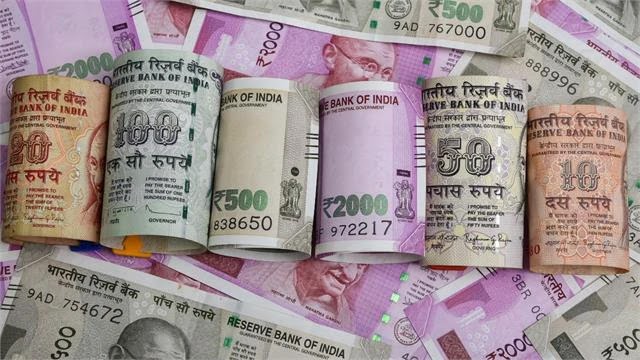Taking an important decision, the RBI has stopped printing three major notes. The purpose of this change is to make the country’s currency system more secure and effective. Know which notes will not be raised in the market now and what are the reasons behind it, which can have a profound impact on your daily transactions and economy.
This step will help in promoting digital transactions as well as the problem of fake notes.
₹ 2000 notes now almost closed
The RBI started the process of withdrawing ₹ 2000 notes from the market from the last financial year. By March 2025, about 98.2% of the total ₹ 3.56 lakh crore notes have returned to the banking system, due to which the ₹ 2000 notes are now very few with the common people.
₹ 500 note became the most popular
In the present era, ₹ 500 note is being used the most. Its share in the total number of notes is around 41%, while in terms of total value it alone contributes up to 86%. This is the reason that ₹ 500 notes have become the biggest pillar of Indian currency.
Which notes stopped printing?
RBI has made it clear that ₹ 2, ₹ 5 and ₹ 2000 notes will no longer be issued for new printing. This means that the number of these notes will remain stable in the future and gradually the old notes will be removed from the market.
Increase in the number and price of coins
At the same time, there has been an increase in the field of coins. The total number of coins in FY25 has increased by 3.6% and the price has increased by about 9.6%. Coins of ₹ 1, ₹ 2 and ₹ 5 hold 81.6% of the total coins, which makes them the most popular for common transactions.
Rapid popularity of digital currency
RBI’s digital currency E ₹ value has increased by 334% to ₹ 1,016.5 crore in FY25. It has the highest stake of digital ₹ 500, which has reached 84.4%. Increasing use of digital currency has also led to significant progress towards cashless India.
Status of counterfeit notes
The report also reported that the number of fake notes of ₹ 10, ₹ 20 and ₹ 2000 has decreased, while fake notes of ₹ 200 and ₹ 500 have increased. This shows that the challenges of counterfeit demonetisation are still there.
Expenditure and environmental protection
FY25 spent ₹ 6,372.8 crore on note printing, which is more than the previous year. Also, environmentally friendly methods are being adopted for the disposal of old and dirty notes, in which these notes will be used in making particle boards and furniture.
Currency management will be high-tech from ‘SA-Mudra’ project
RBI has launched a new initiative called ‘SA-Mudra’, which will make the count, sorting and tracking of notes digital and automatic. This will increase transparency and efficiency in currency management.
– Use of BIS certified notes sorting machines will be mandatory from 1 November 2025.
-Techniques like’mani App ‘are helping to identify notes for visually impaired.
Efforts are on to increase the availability of coins from initiatives like ‘Mobile Coin Van’ and ‘Coin Fair’.
